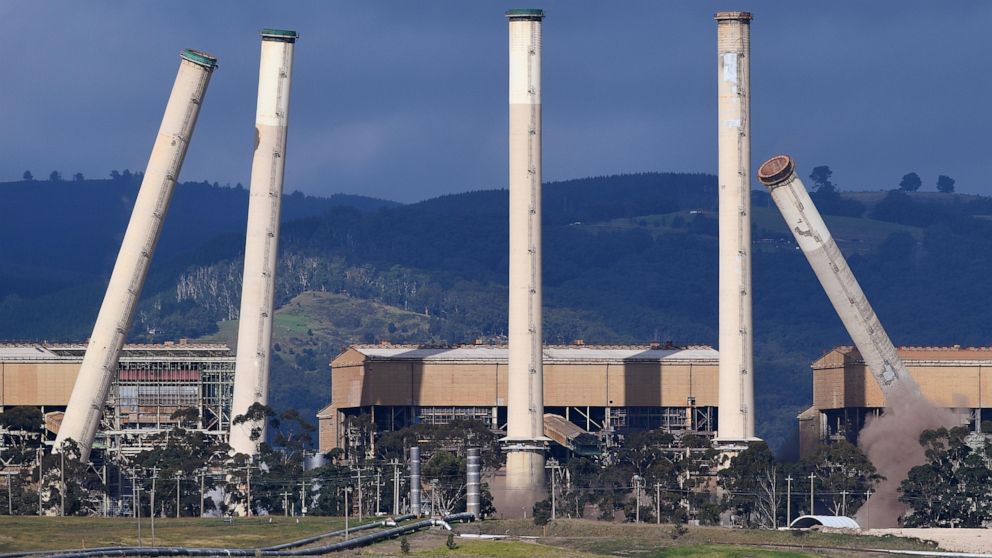Australia steps toward making big polluters reduce emissions
Author: ROD McGUIRK
The Australian government took a major step toward implementing a key climate policy that would force chief greenhouse gas polluters to reduce emissions, with the minor Greens party pledging their support on March 27, 2023. The center-left Labor Party administration said the so-called Safeguard Mechanism reforms are essential to Australia reaching its target of reducing its emissions by 43% below 2005 levels by the end of the decade. The reforms would create a ceiling on the nation’s emissions and force Australia’s 215 biggest polluting facilities to reduce their emissions over time. The Climate Council, a leading climate communicator, described the reforms as the first Australian legislation in a decade that would regulate greenhouse gas pollution. With the support of the Greens’ 11 senators, the government only needs the backing of two unaligned or minor party senators to get the reforms through the upper chamber. Greens leader Adam Bandt said a “hard cap” on emissions would mean that half of the 116 new coal and gas projects proposed in Australia would not go ahead. The amount of greenhouse gas emissions allowed under the cap has not been made public. The cap would be reduced over time as polluters scaled back their emissions. The Greens, through the negotiations, has secured a big hit on oil and gas,” Bandt told repors as he confirmed his party’s support for the reforms. The legislation was passed on March 27, 2023 by the House of Representatives, where Labor holds a majority of seats. Prime Minister Anthony Albanese said the Safeguard Mechanism “is the vehicle to achieve our commitment for 43% reduction by 2030.” Climate Change and Energy Minister Chris Bowen said that without the mechanism, Australia would only reduce its emissions by 35% by the end of the decade.

